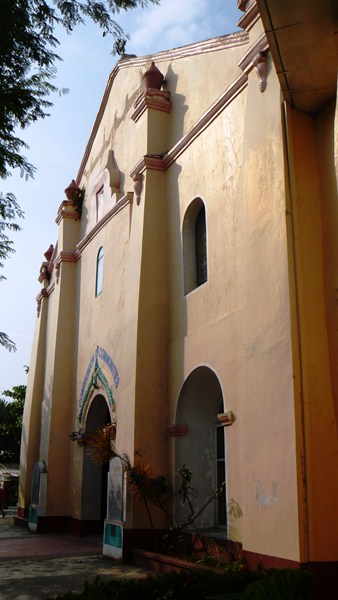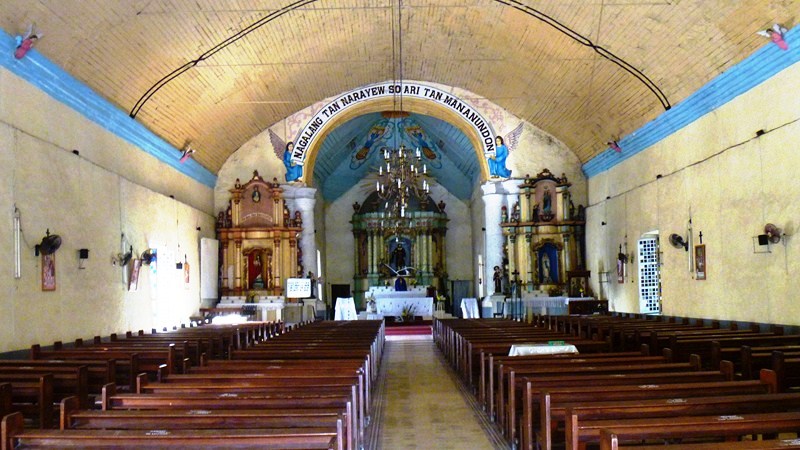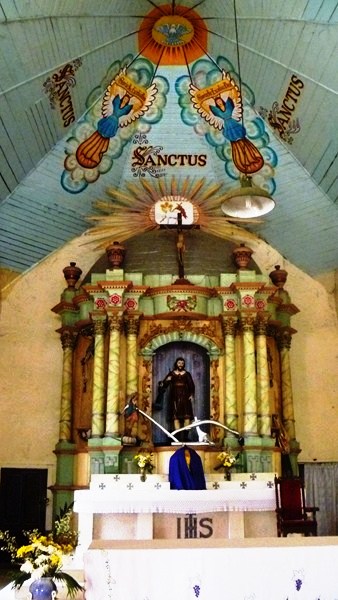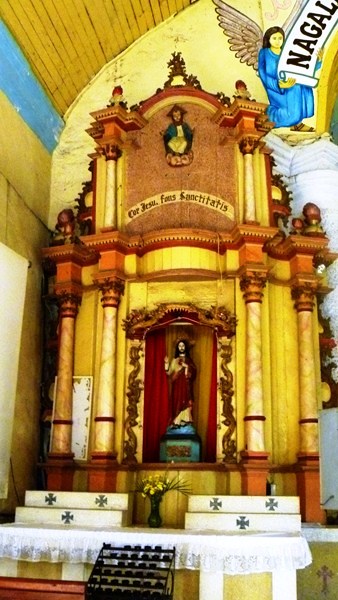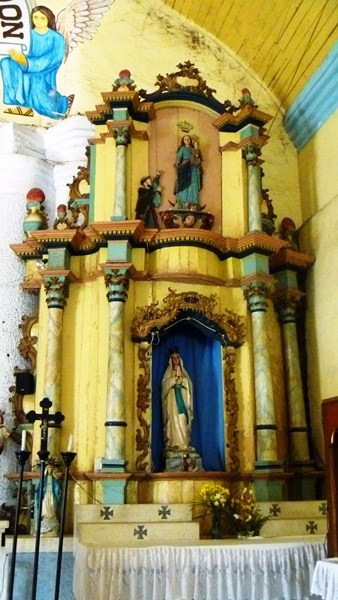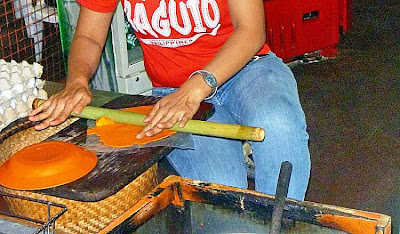| Street dancing parade |
After our visit to the Shrine of Our Lady of Manaoag, we proceeded to the capital town of Lingayen and made a courtesy call on Provincial Information Officer Mr. Orpheus “Butch” Velasco at the Provincial Capitol. We arrived in time for the Parada na Dayew, a grand parade of floats that was part of the celebration of the province’s 431st founding anniversary dubbed “Agew na Pangasinan,” now on its second year. With the theme “Aliguas na Baley, Aliguas na Luyag,” the parade featured 22 participating local government units (LGU) and 12 colorful floats that showcased the various products and development programs and projects of participating LGUs.
| The Lingayen float |
The float parade, which included a colorful presentation of street dances with contingents clad in local costumes and accompanied by drum, lyre and bugle corps., commenced at the Narciso Ramos Sports and Civic Center, then followed a fixed route to Artacho St., Poblacion Area, Maramba Blvd. and ended at the Capitol. The floats, decorated with indigenous and recyclable materials, provided a glimpse of Pangasinan’s best products such as the sugpo (prawns) and malaga of Binmaley, the delicious and sweet tasting mangoes of San Carlos City, the savory corn of Sto. Tomas, the famous bagoong (fish paste) of Lingayen, the walis tambo of Bautista, the puto of Calasiao and the tupig of Laoac.
| A drum and bugle corp |

